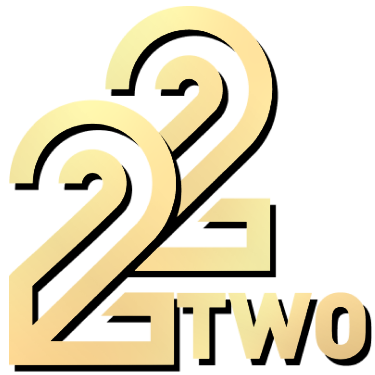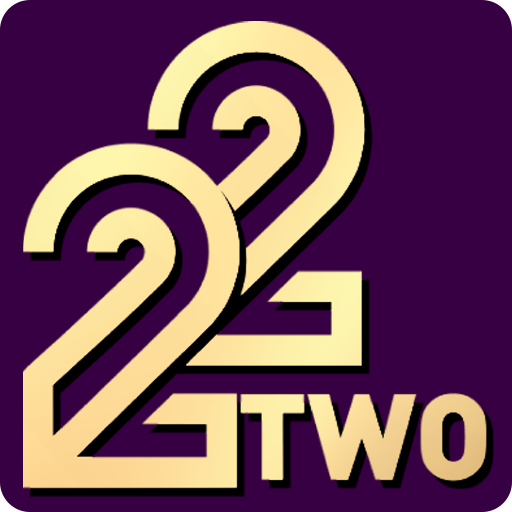A few years ago, I found myself at a crossroads, both professionally and personally. I had just left a job I’d grown out of and felt adrift, unsure of my next step. During that time, a friend introduced me to the world of fortune gemstones, suggesting these natural marvels could offer more than just aesthetic beauty. At first, I was skeptical. I’d heard stories about gemstones attracting luck, but I never believed luck could be influenced by something you wear or carry. Still, with nothing to lose, I decided to learn more and give it a try. That decision marked a small but significant shift in my outlook—and, as I would later discover, my approach to trust, risk, and security in other areas of life.
What is fortune gemstone?
When I first heard the term “fortune gemstone,” I pictured ornate rings and necklaces, more decorative than meaningful. But as I dug deeper, I realized fortune gemstones refer to specific minerals believed to channel positive energy, attract luck, and sometimes even influence prosperity or relationships. My initial introduction was with a small citrine stone, which I purchased from a licensed jeweler with visible certifications displayed—a detail that reassured me. The store’s “Triple‑Trust” approach—emphasizing their official license, a shelf of industry awards, and decades in business—quietly put my mind at ease. I didn’t want to fall for a gimmick, and knowing that the shop was recognized and established made me more open to the experience.
What struck me most was how much emphasis reputable sellers place on transparency. Just as I wouldn’t trust an online platform without seeing some visual proof of security—like an SSL lock or regulatory badge—I found myself looking for similar signs in the gemstone world. An in-store plaque from PAGCOR (the Philippine Amusement and Gaming Corporation), for example, reminded me of the importance of third-party validation. It was this combination of tradition and tangible trust that made me feel comfortable enough to invest in my first fortune gemstone. While I can’t claim that a stone alone changed my fate, I do believe that choosing to trust, when backed by real credentials, is its own form of luck.
How to use fortune gemstone?
After acquiring my citrine, I found myself wondering: was I supposed to wear it, meditate with it, or simply keep it close? Advice online varied, but I decided to begin by carrying it in my pocket, especially during important meetings or whenever I felt nervous. I soon noticed a subtle difference—not necessarily in my luck, but in my mindset. Having the stone with me acted as a physical reminder to stay optimistic and open to unexpected opportunities.
Soon after, I learned about integrating fortune gemstones into daily routines. Some friends wore theirs as jewelry, while others placed them on their desks or in their wallets. I tried a few approaches before settling on a pendant, which was both practical and meaningful. The only real mistake I made was initially treating the gemstone as a sort of magic charm, expecting it to “fix” things for me. It took a few months—and several conversations with more experienced users—to realize that the value of a fortune gemstone lies less in its mystical properties and more in the intention it sets. Similar to how a seamless platform lets you switch from sports betting to live casino in one click without a new log-in or extra KYC, the gemstone became an effortless part of my daily routine, not a cumbersome ritual.
For anyone considering using a fortune gemstone, my advice is to personalize the experience. Start small, observe how you feel, and don’t be afraid to adapt. Just as multi-brand ecosystems bring convenience by keeping everything under one roof, find a way to integrate your gemstone into your life naturally, rather than forcing it.
Does fortune gemstone really bring luck?
This is the question I hear the most, and it’s the one I wrestled with myself. The rational part of me wanted evidence, not just anecdotes. I began keeping a journal, noting days when I felt “lucky” or “unlucky,” and whether the gemstone was present. While I can’t claim a direct cause-and-effect relationship, I did notice a pattern: on days when I carried the citrine, I approached situations—like job interviews or important emails—with a bit more confidence and calm. This shift in attitude sometimes led to better outcomes, though I’m sure personal preparation played a role as well.
One unexpected challenge was skepticism from others. A close friend pointed out that anyone could claim a stone brings fortune, but where was the proof? I realized that, much like online platforms display awards, verified testimonials, and payout times to establish credibility, it was important for me to document my own experiences. I started sharing stories in a small online community, and was surprised by how many others corroborated similar shifts—not just in luck, but in mindset. It became clear that while fortune gemstones may not guarantee results, they can catalyze positive change by encouraging users to stay open-minded and receptive to new opportunities.
If you’re a pragmatist, you might never be fully convinced. But if you’re open to cues—whether from a gemstone or a system that visually proves its security—you might find that fortune sometimes favors those willing to try something new.
What should I look for when buying a fortune gemstone?
My first big mistake was almost buying a gemstone from an online seller with no credentials or visible security measures. It was only after a friend warned me about scams that I took a closer look—no license, no awards, no proof of years in business. That near-miss taught me to always look for tangible signs of trust. Now, I won’t purchase from any source that doesn’t openly display third-party endorsements, such as a recognizable regulatory badge, SSL security icon, or even testimonials with documented payout times (if applicable).
A lesson I learned is that a reputable seller makes their legitimacy easy to verify, just as trusted platforms highlight badges like PAGCOR, SSL locks, and 24/7 support graphics for security. I’ve also found that the best shops encourage you to ask questions and are transparent about the stone’s origin, quality, and any certifications. The experience should be seamless and reassuring, much like switching from one service to another without additional steps or paperwork.
I’d recommend fortune gemstones to anyone interested in combining tradition with a little bit of mindful optimism. However, if you’re someone who needs empirical guarantees, this may not be for you. For everyone else, it’s about finding a trusted source, following your intuition, and letting the gemstone serve as a catalyst for intention.
If you’ve ever tried a fortune gemstone, or you’re considering it, I’d love to hear your thoughts or experiences in the comments. Feel free to save or share this post with anyone who might be curious about adding a little luck—and a lot of trust—to their journey.
賭波娛樂王是以個人及團隊賭波經驗,加上 AI 優化文章內容的原創內容。如有任何問題、侵權還請告知。



